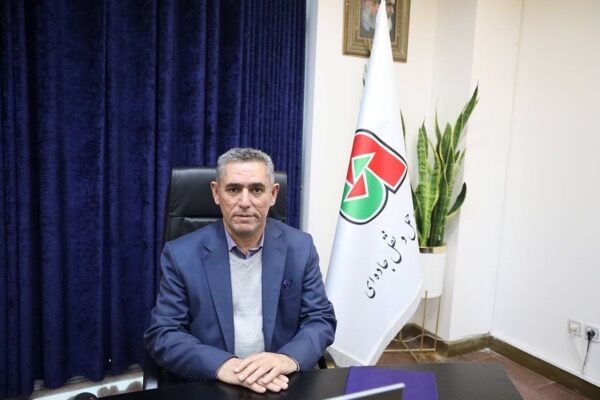Mr. Orujali Alizadeh said: 500 lighting systems will be installed in residential areas, busy intersections and "black spots".
Deputy Director of the Road Administration and Transport Organization, announced the implementation of rapid and cost-effective measures, and considered it necessary to reduce the number of accidents in high-risk areas.
He listed several key components of the national road safety strategy and said: "Upgrading pilgrimage corridors, especially roads leading to holy shrines for Arbaeen pilgrims, and 800 kilometers of articulated concrete barriers will be created along key arterial routes to increase to increase traffic safety.
He continued: 70,000 square meters of information signs and 380,000 monitoring and warning signs will be installed to promote driver awareness and compliance.
Focus on Strategic Infrastructure Projects
The RMTO is also prioritizing the rehabilitation of black-spot areas—locations with high accident rates. Of the 887 sites previously identified by the National Road Safety Commission, corrective actions for the remaining 131 will be finalized by the end of the first half of the year.
The comprehensive plan aligns with Iran’s broad transport safety goals and reflects an ongoing commitment to reducing related injuries and road fatalities.
A major safety overhaul of the 90-kilometer Qom-Tehran freeway, including upgrades to signposts, safety guards, and traffic infrastructure, is underway. The project aims to enhance safety on one of the country's busiest highways.
Similarly, in the mountainous Kandovan region, which encompasses Alborz and Mazandaran provinces, RMTO is taking measures including installing prefabricated galleries and rockfall barriers to protect drivers on the Karaj-Chalus road.
